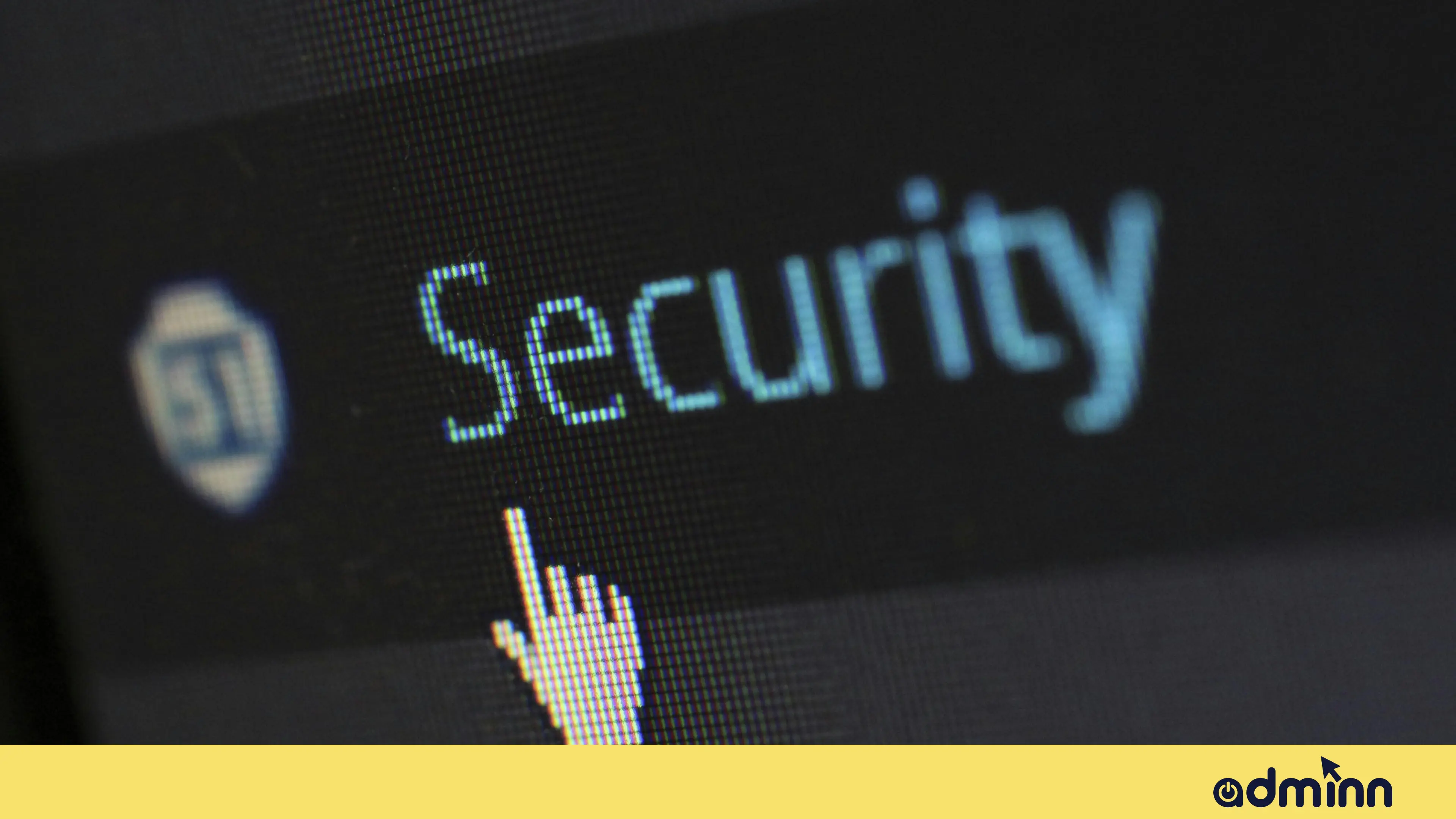Security Logging and Monitoring: Best Practices for Effective Threat Detection

Security logging forms the foundation of any strong information security program. By collecting and analyzing log data from across your systems, you can detect threats, investigate incidents, and maintain compliance with regulatory requirements. This article explores essential security logging best practices to help strengthen your organization’s defensive capabilities.
Understanding Security Logging Fundamentals
Security logs provide records of events occurring within your networks, systems, and applications. These logs serve as the evidence trail needed to identify suspicious activity and reconstruct security incidents after they occur.
Key Components of Effective Log Management
A robust log management strategy requires several core elements working together. First, organizations need reliable log collection mechanisms that capture data from all relevant sources. Next, standardized formatting helps normalize log data for consistent analysis. Finally, secure storage ensures logs remain available for the required retention period.
Security logging becomes most valuable when integrated into a broader security monitoring program. This integration allows security teams to move beyond reactive approaches toward proactive threat identification.
Types of Security Logs to Collect
Different log types provide unique security insights:
- System logs record operating system events, including startups, shutdowns, and service failures
- Application logs capture software behavior, user actions, and error conditions
- Security logs specifically track authentication attempts, permission changes, and access control modifications
- Network logs document connection details, traffic patterns, and firewall decisions
Comprehensive security requires collecting and correlating data across all these log types to build a complete picture of your environment.
Security Log Collection Best Practices
The foundation of effective security monitoring begins with proper log collection. Without gathering the right log data, even the most sophisticated analysis tools become ineffective.
Centralized Log Collection Strategies
Centralizing log collection creates a single repository for all security-relevant information. This approach offers several advantages:
- Simplified log access for security teams
- Consistent retention policies across all log sources
- Protection of log data from tampering or deletion by attackers
- Streamlined integration with SIEM and analysis tools
Many organizations use dedicated log servers or security information and event management (SIEM) systems to achieve centralization. These platforms ingest logs from diverse sources while maintaining the integrity of the original data.
Log Data Normalization and Formatting
Raw logs from different systems often use inconsistent formats, timestamps, and terminology. Normalization converts these varied formats into a standardized structure that enables correlation and analysis.
Key normalization considerations include:
- Standardizing timestamps to a single time zone
- Mapping vendor-specific terms to common nomenclature
- Extracting critical fields like IP addresses, usernames, and actions
- Preserving the original log data alongside normalized versions
Log Retention and Management Guidelines
Determining how long to keep security logs requires balancing multiple factors including compliance requirements, investigation needs, and storage costs.

Determining Appropriate Retention Periods
Most security experts recommend a minimum log retention period of 6-12 months for general security logs. However, specific types of log data may require longer retention:
- Authentication logs: 12-24 months
- Administrative actions: 12-24 months
- System configuration changes: 12-24 months
- Financial transaction logs: 3-7 years
Your business type and regulatory environment may dictate specific log retention requirements beyond these general guidelines.
Meeting Compliance and Regulatory Requirements
Many industries face specific compliance mandates regarding security logging:
- PCI DSS requires at least 12 months of log history with 3 months immediately available
- HIPAA doesn’t specify exact timeframes but expects sufficient retention for thorough investigation
- SOX compliance often necessitates 7 years of audit logs for financial systems
Security teams should work closely with legal and compliance departments to establish retention policies that satisfy all applicable regulations.
Implementing SIEM for Enhanced Security Monitoring
SIEM platforms combine security information management and security event management to provide real-time analysis of security alerts.
SIEM Deployment Considerations
When implementing a SIEM solution, organizations should consider:
- Log volume and processing requirements
- Integration capabilities with existing security tools
- Skill requirements for management and analysis
- Scalability as the organization grows
- On-premises versus cloud-based deployment options
A successful SIEM deployment requires proper planning and ongoing tuning to maximize its effectiveness as a security monitoring tool.
Integrating Log Sources with SIEM
SIEM systems become more powerful when they ingest data from diverse sources:
- Network devices (firewalls, routers, switches)
- Endpoint security solutions
- Authentication systems
- Cloud services and applications
- Physical access control systems
Each additional log source increases visibility into potential security events and improves the SIEM’s ability to detect complex, multi-stage attacks.
Log Analysis and Threat Detection
Collecting logs provides limited value without effective analysis. The goal of security monitoring is to identify potential threats hidden within vast amounts of log data.

Creating Effective Security Alerts
Well-designed alerts help security teams focus on genuine concerns while minimizing false positives. Effective alert creation requires:
- Clear definitions of suspicious behavior
- Contextual information to aid investigation
- Severity ratings based on potential impact
- Actionable details that guide response
SIEM platforms typically allow custom alert rules based on specific patterns, thresholds, or correlations between multiple events.
Correlation Techniques for Threat Identification
Correlation analyzes relationships between seemingly unrelated events to identify potential security incidents. For example, a failed login followed by successful authentication from a different location might indicate credential theft.
Advanced correlation techniques might include:
- Geographic impossibility (login attempts from distant locations in short timeframes)
- Timing correlations (actions occurring outside normal business hours)
- Behavioral anomalies (users accessing unusual systems or data)
These techniques help detect sophisticated attacks that might not trigger any single alert in isolation.
Security Monitoring Beyond Basic Logging
While log collection and analysis form the core of security monitoring, advanced security programs extend beyond these basics.
From Monitoring to Active Threat Hunting
Threat hunting shifts security teams from reactive to proactive postures. Rather than waiting for alerts, threat hunters actively search for signs of unauthorized access or malicious activity that may have evaded automated detection.
Effective threat hunting requires:
- Deep understanding of normal system behavior
- Knowledge of current attack techniques
- Tools to query and analyze large volumes of log data
- Hypothesis-driven investigation methodologies
Building a Comprehensive Security Observability Strategy
Security observability expands traditional monitoring to provide deeper insights into system behavior. This approach combines logs with metrics and traces to create a more complete understanding of security posture.
A comprehensive observability strategy helps security teams:
- Detect subtle changes in system behavior
- Identify unauthorized modifications to critical files
- Trace the complete path of potential security breaches
- Reduce mean time to detect and respond to incidents
By moving beyond basic log review toward active security monitoring and observability, organizations can significantly improve their ability to detect and respond to sophisticated threats.
